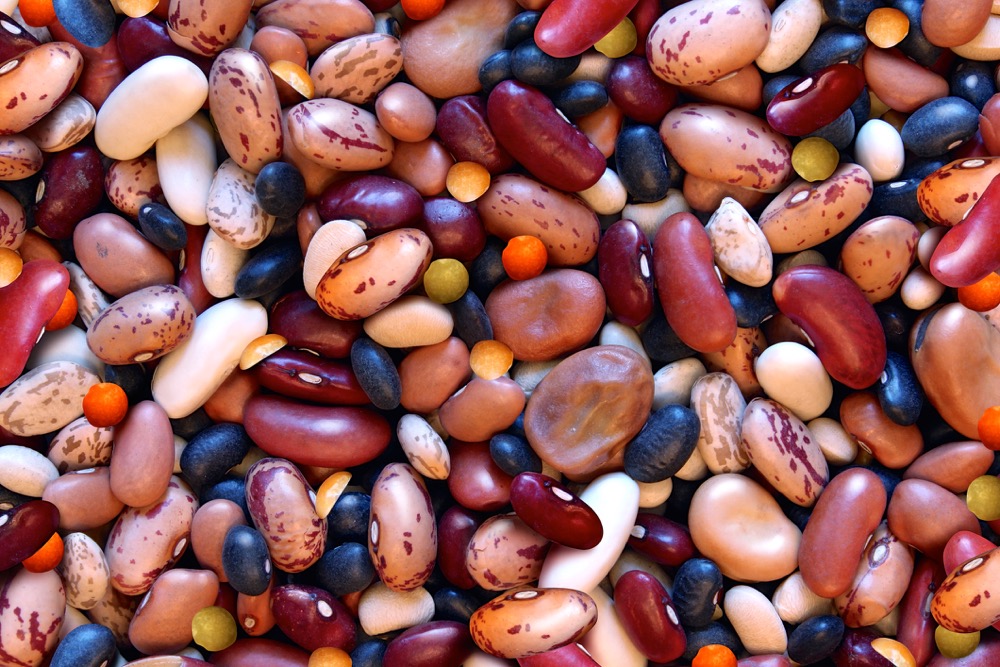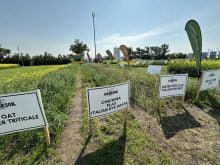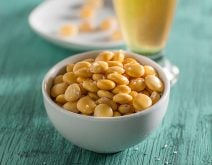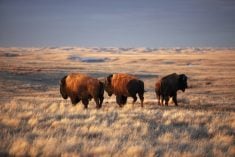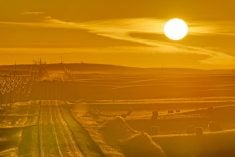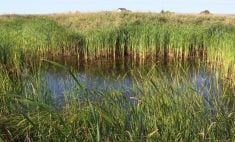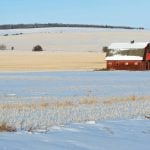It is always a thrill to get letters and book orders from readers. Most letters are complimentary and a joy to receive. But, a recent letter disagreed with ideas in my September column that talked about cover crops and green manure. A phone call cleared up the matter. It was completely my fault for not properly explaining my concern about cover crops and green manure in the dry Palliser Triangle during dry cycles.
In the September 5 column, I used my farm garden at Dundurn to illustrate the concept. The ½-acre garden is half row cropped as garden and half summerfallowed the old fashion way with tillage. Soil fertility maintenance uses all of the lawn clippings, leaves etc., from our Saskatoon home and any neighbours that want to get rid of theirs. The residues are spread on the summerfallow half and worked in. Grass clippings from well-fertilized city lawns are excellent fertilizer. The system produced bountiful yields of garden crops even in years of very low rainfall with only minor watering required.
Read Also

Claas brings 1000 Series SP forage harvesters to Canada
In mid-August, Claas unveiled its new line of Jaguar forage harvesters at an event in Visalia, California, deep in the heart of that state’s dairy region.
In the wet cycle the water table rose and a green manure crop was established on the summerfallow half to use up the extra water. But in dry 2017, a green manure crop left too long sucked up the water needed for the dry 2018 growing season. When 2018 also turned up dry, the garden was in trouble. The 2019 area had been planted to a green manure crop but was terminated early by mowing and cultivation when I realized what was happening.
Now, don’t get me wrong. I am in no way suggesting that field crop production should revert to the soil-destructing tillage. My field crops have seen no tillage except for sloughs, ruts, etc. since 1996. I thought about adding such a qualifier but for some strange reason did not do so. Big mistake.
In my crop fields there are many earthworms, in my cultivated garden there are few to none. Even with a few years of green manure in the summerfallow half I was starting to see a few earthworms. As yet I have been unable to convince any soil biologist to research earthworms. We know too little about them except that they are there, they came with zero tillage and they are the top of the food chain in soil biology and do us yeoman service.
In fields we use herbicides to deal with weeds. I use only a bit of Roundup spot treatment in the garden. That is not because I don’t approve of herbicides but because of the lack of any way to apply them with any assurance of a proper rate. Also, the many types of plants in the garden leave few herbicide options.
Again, the use of the garden was only to demonstrate the water use effects of green manures and cover crops. I still maintain that in the Brown and Dark Brown Soil zones, cover crops and green manures will only work in wet cycles. Green manures actually take out a year’s revenue stream so are not likely to be much of an issue in our short seasons. But, I was in no way suggesting a big backward step to digging out the cultivators.
Annual legumes, particularly lentils and peas have provided the rotation crop needed to do part of what a green manure crop does. They provide significant residual nitrogen for the next crop, and the water use period is shorter than wheat and canola. The shorter water use season provides more “calendar” to pick up rains to replenish soil moisture. Until recent years of weak markets, lentils have been the main dollar earner in the clay belt of the Brown and Dark Brown soil zones of Saskatchewan.
My sincere thanks to the reader who pointed out the deficiencies in my September 25 article. With a short phone call, we were quickly able to arrive on the same page. It has provided the opportunity to clarify what I was trying to say. The reader’s name is withheld at his request.


